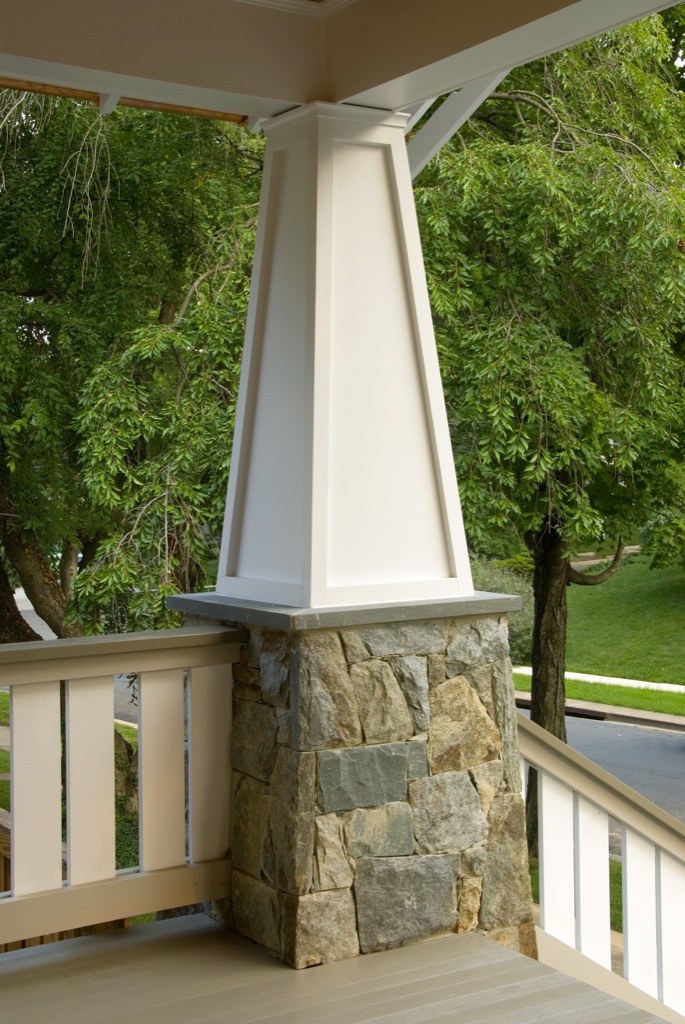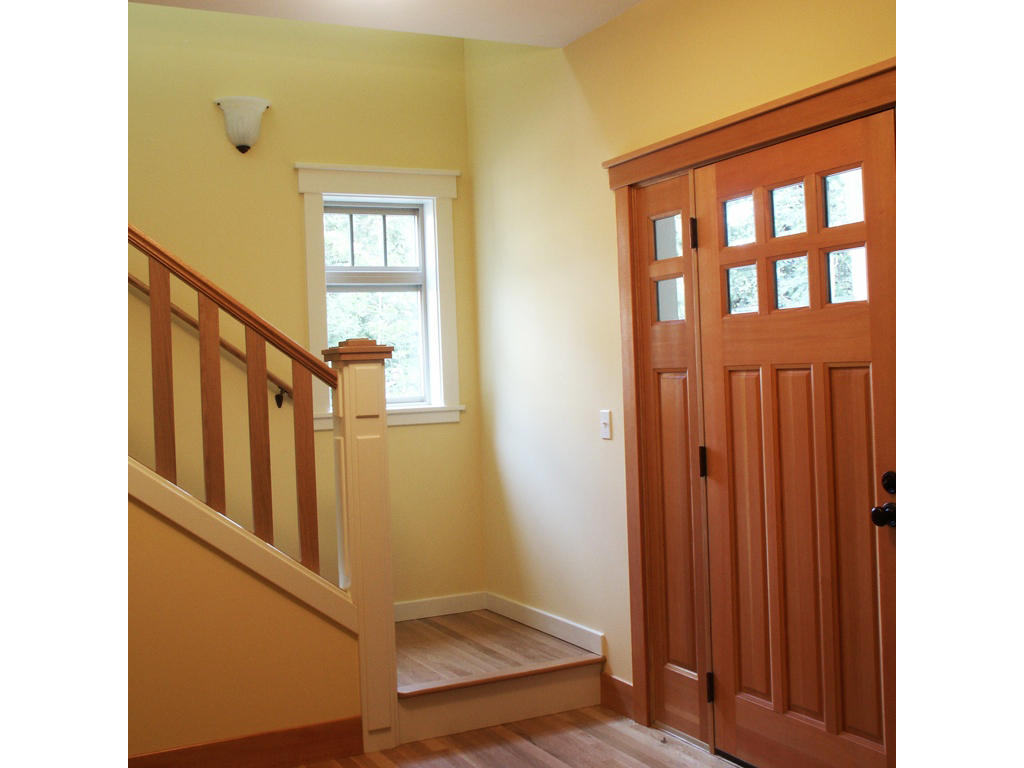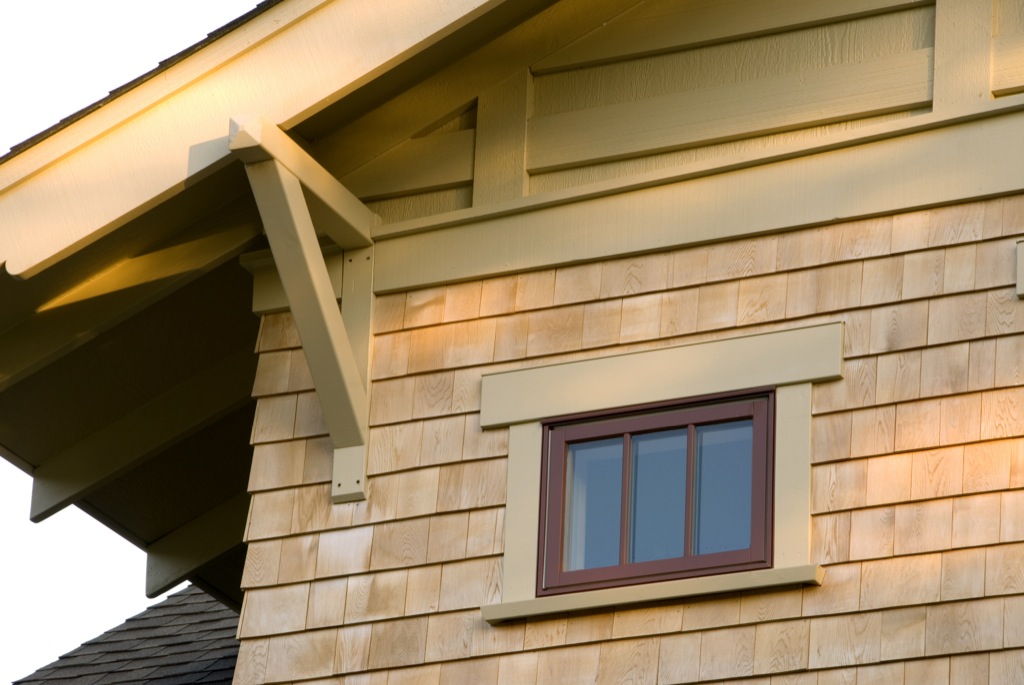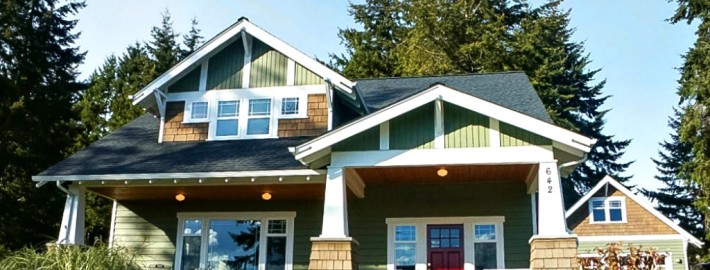BUNGALOW STYLE HOUSE
For small families, couples, or just people living by themselves, the bungalow home has been a popular choice for years. Rather than imposing structure that could require hours of daily maintenance, Bungalows are often much cozier for a more intimate living experience.
However, understanding what unique features that make up the bungalow style can be challenging, especially for those looking to purchase a bungalow home. Here’s what homeowners and prospective homeowners should know:
Click here to learn about other House Styles.
History of the Bungalow Style House
While many architectural styles were born in the United States, the bungalow is not one of them. The word “bungalow” originates from the Hindustani word, “Bangala,” which means “belonging to Bengal.” Since builders originally constructed bungalow homes in Bengal, India, during the mid-to-late nineteenth century, the association makes sense.
During this time period, India was still under British rule, and ambassadors who visited the country were looking for small, easy-to-construct homes to stay in while they were there. Eventually, the style began to get popular throughout England and other parts of Europe. Architects like Charles and Henry Greene are responsible for adapting the style to the United States, and even making it popular across the country.
Once these Bungalow house plans started popping up in California during the early 20th-century, it was a popular choice. Since there aren’t too many defining characteristics of a bungalow home, many architects chose to combine the style with others.
Craftsman vs. Bungalow Style

One of the many misconceptions that people often have about bungalow homes is that they’re automatically Craftsman homes as well. While the two styles do have some overlap and even borrow from each other, they also have plenty of differences as well.
For one thing, their origins differ wildly. While bungalows came from India, Craftsman homes are an American creation. Another difference is that bungalows are typically only ever one or one-and-a-half stories, but a Craftsman house can be any size.
Craftsman homes do have subtle decorations and focus on intimate living spaces, which is a trait that it shares with the bungalow style. Since the two mix so well together, many architects often combine them together. The combination, a “Craftsman Bungalow,” takes the cozier size of the bungalow and blends it with all the distinct and key elements that make up a Craftsman house.
While the styles are different, they can be combined, but not every bungalow will share the same characteristics of a Craftsman home or be a “Craftsman bungalow.”
Types of Bungalow Homes
Mixing and combining architectural styles together is not a new trend, but few home styles lend themselves to it as well as the bungalow style does. With only a few key elements, the bungalow leaves plenty of room for experimentation, and it’s spawned quite a few subcategories:
California Bungalow
Since bungalows first began to gain traction in California, it’s not surprising that this state has its own subcategory of bungalow homes. While the California Bungalow and other subtypes like the Chicago Bungalow can be very similar to the Craftsman style, they do have a few unique features. Instead of using brick as some other types do, these bungalows typically only use stucco or wood for the outside of the house.
Some consider California Bungalows to be the “original” bungalows since they played a large role in making the style popular and spreading the word across the country. While these bungalows can pop up anywhere, they’re especially common in California.
Craftsman Bungalow

Unsurprisingly, the Craftsman Bungalow is a merging of both the Craftsman and Bungalow styles. While these homes are still only one level, they feature Craftsman house interior elements and Craftsman exterior elements, such as a wide porch, low-pitched roof, and interior woodwork. The Craftsman style already prioritizes function over appearance, so these two architectural styles tend to blend well together.
Tudor Revival
As a blend with the Tudor style, these kinds of bungalows typically include steeply-pitched rooftops, the signature half-timbering look, elaborate chimneys, narrow windows, and wall cladding. The biggest difference between a regular Tudor Revival home and one that’s a bungalow is the size of the home. A Tudor Revival bungalow might be much smaller than a regular-sized home that’s multiple stories.
Prairie
Developed by a group of architects from the Chicago school, a Prairie bungalow typically uses massive piers to support the porch roof, wall, and trim materials that show contrast, a broad or flat chimney, and at least one or two casement windows. Some Prairie bungalows might have an entire row or two of casement windows. In comparison to the Tudor bungalow or Craftsman style, a bungalow in the Prairie style can appear more modern or contemporary.
Modern
Speaking of modern, there is an entire subcategory of bungalows made to fit into the modern world. While the inside of the home might have an open floor plan with lots of natural light and air, the exterior might have curved corners to help give the illusion that the house is “in motion.” Depending on the architect and owner, some modern bungalows might have other modern elements, such as solar panels or technologically advanced appliances.
It’s not uncommon to see homeowners take a traditional bungalow and add these modern elements to bring their home into the twenty-first century. What might have been a California or Craftsman bungalow can eventually transform into a modern one if designers modify it enough.
Why Are Bungalow Homes So Popular?
Bungalow homes were originally popular during the twentieth century, but they continue to be appealing for prospective homeowners in the present, and there are a few reasons why. For couples that don’t need a lot of space and appreciate an intimate living area, a bungalow can be a much more cost-effective option than a two-story house. As a family grows, they might need more space, but a bungalow can be a “starter home.”
Not to mention, bungalows do offer a large variety of ways to customize or combine with different styles. Even edgier modern or contemporary homes are common within the bungalow style. It’s not unusual to see homeowners purchase a bare-bones bungalow and then renovate or add-on other elements to it.
Anyone who has a disability or issues with mobility might also consider purchasing a bungalow since there’s no need to go up a stairwell all the time. Rather than hassling with climbing up and down the stairs every time they need to go to the bedroom or the bathroom, all they need to do is just walk a few feet.
In general, many people appreciate how affordable bungalows are. Middle-class families that want to transition into homeownership but don’t have the budget for a split-level or two-story home often tend to consider buying a bungalow that’s big enough to fit their family.
Key Elements in a Bungalow Home

While many people associate a bungalow with its small size, there are other elements that make up in this distinct style. On the exterior of the home, many people often find that bungalows have:
- Low-pitched roof
- Beams and rafters that are exposed
- Tapered, square columns that some people refer to as “bungalow columns”
- A front porch or veranda that’s modest in size
While some bungalows can have a wraparound porch, many of them have only a small space and a short stairwell for people to wipe their feet on. Inside the home, there are also a few interesting features to look for:
- Usually one story or one-and-a-half stories
- Front door usually opens into the main living room or space (unlike a split-level home)
- Built-in bookshelves or window seats
- Subtle accents and decorations
A bungalow might have a one-story design, but that doesn’t necessarily mean a home won’t have a sub-basement or attic for extra storage. It’s also worth noting that, depending on the style that a bungalow home is combined with, the interior details and elements can always change. While a Prairie bungalow might focus on adding a few more modern elements to the home, a Craftsman bungalow might be more traditional.
When it comes to distinct home styles, the Bungalow style house is especially unique. Not only does it have an interesting origin story, but it continues to be popular—even a century later. For people living alone, couples, small families, or even anyone with mobility issues, a bungalow home can offer plenty of advantages without breaking the budget.



